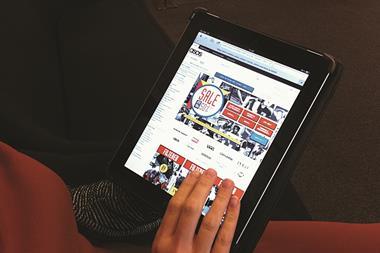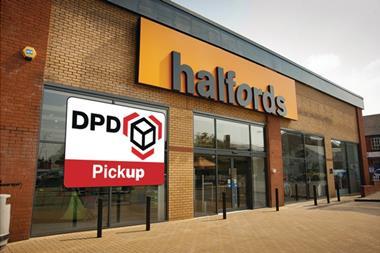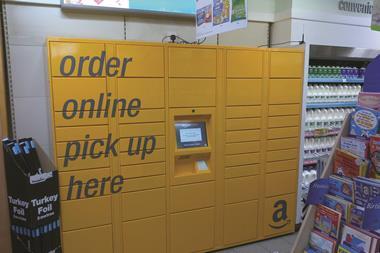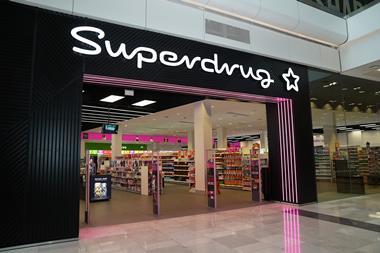Delivery is becoming a major battleground for retailers as changing consumer expectations place greater emphasis on speed, enabled by mobile technologies supporting faster and more reactive purchasing decisions.
Delivery is becoming a major battleground for retailers as changing consumer expectations place greater emphasis on speed, enabled by mobile technologies supporting faster and more reactive purchasing decisions.
Just a few years ago it was a common expectation that any orders placed after 8pm would be excluded from next day delivery, but today consumers are increasingly demanding that orders are accepted until 10pm, and we are already seeing this extended to midnight.
Yesterday it was announced that from April 15 all retailers will be allowed to offer click-and-collect services in store. This is part of a wider trend towards more flexible delivery approaches alongside the rising popularity of home delivery and public parcel lockers. But how can these challenges be met without affecting the cost to serve, and what does this mean for both the retail and supply chain sectors?
Knowledge is power
With mobile technology the major driving force behind these changes, a wealth of data is being created for retailers to tap in to. Accessing, collating and interpreting data is fundamental to success in this rapidly changing marketplace. By sharing data and consulting with their supply chain service providers, retailers are able to better understand the habits of their customers to identify more efficient delivery options.
This requires trust and a well-formed partnership between businesses in order to achieve the greatest pay-offs, particularly in cutting cost to serve and tackling customer service issues – one only needs to think back to Black Friday 2014 to understand how the effectiveness of delivery services can affect a brand’s reputation.
Such collaboration is also becoming a common trend between brands in order to manage their delivery options as efficiently as possible and to cut cost to serve, such as the partnership between Argos and Sainsbury’s that was announced recently.
By understanding the requirements of consumers, retailers can assess the best available options for product warehousing, as well as developing advanced planning around key retail periods like Christmas to be more reactive and capitalise on demand.
It may very well be feasible to further reduce delivery windows, particularly with some major retailers promoting same day delivery, but this requires a full understanding of the repercussions on their wider business and suppliers.
Changing approach to delivery
The speed at which consumer behaviours and expectations have developed has led the logistics industry to review its own processes to ensure that it is able to best serve the needs of retailers.
The growing popularity of click-and-collect and home delivery is more in line with the logistics model traditionally adopted by the convenience industry, which requires smaller, more frequent deliveries.
Following yesterday’s announcement, in the near future we may see increased use of smaller vehicles that are better able to serve urban centres and multiple delivery points, alongside larger trailers for longer-distance consignments. While there have been many obstacles for retailers to overcome, there are an equal number of opportunities available for those who understand their business, their suppliers and their customers.
Ever shortening delivery times will continue to be a brand differentiator for years to come and will remain of critical importance to consumers in deciding where to spend their money. The difficulty in fulfilling these expectations need be no harder, as long as a considered and informed approach is adopted. Exciting times lie ahead for both the retail and the logistics industries, and it is a future we face together.
- Liam McElroy is managing director for ecommerce and retail at Wincanton


























No comments yet